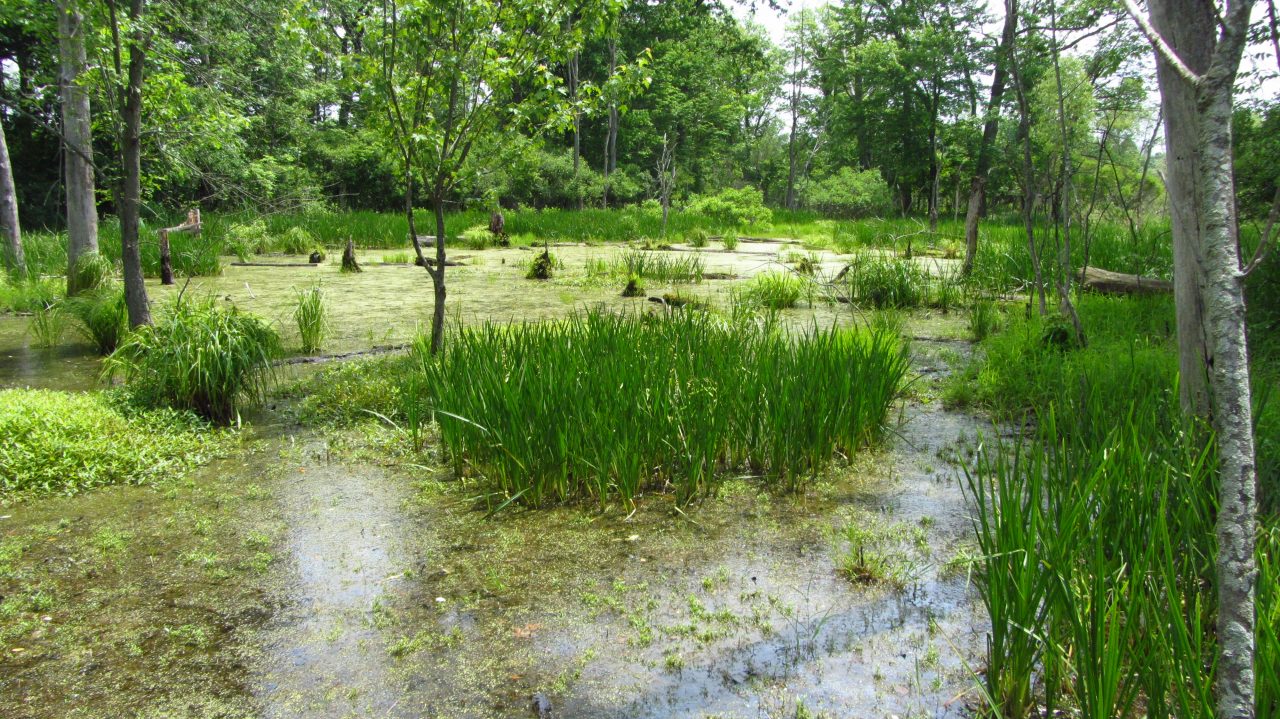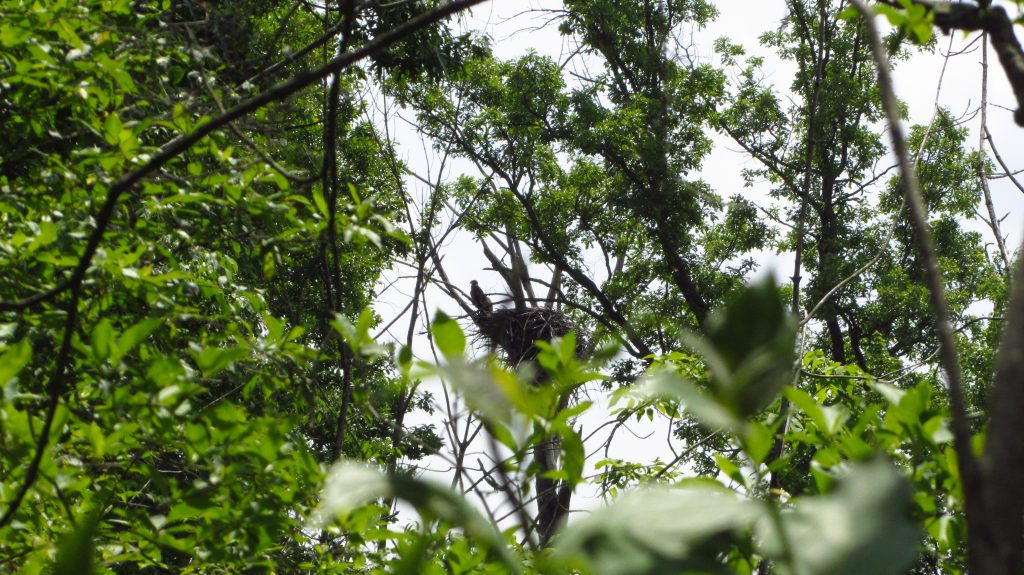Recognizing potential
Three decades ago, Len MacDougall drove by a neglected property. He decided to stop. His decision led to a wetland transformation.

About 30 years ago, Len MacDougall was driving on a rural road near London, Ont. looking for a good place to let his beagles out to stretch their legs. That’s when he spotted a small sign, hung on an old fence post. The handwritten scrawl read: “for sale.” He stopped the car.
Overrun with cattails and shrubs, the property’s appearance was underwhelming. But MacDougall, a long-time duck hunter, saw possibility here. “I recognize habitat when I see it and it was obvious to me that this was a neglected marsh,” he says.
MacDougall has an uncanny ability to spot potential. It’s a talent that helped this 89-year-old lead a successful (and ongoing) career as a real estate developer.
With that same skill he identified and purchased this tired piece of land. A DUC conservation specialist visited the area at MacDougall’s request and confirmed his suspicion: this spot had likely been valuable habitat and could be once again. With DUC’s help, MacDougall turned it into an oasis he shares today with waterfowl and wildlife.
But the transformation took some time.
A municipal drain had emptied the wetland of water each spring and summer for years. While this may have increased the number of cultivable acres, it also took a toll on habitat.
That wasn’t the only issue. Local tobacco growers had mucked the wetland for valuable marsh dirt to spread on their fields and lowered the local water table through irrigation practices.
By 1992, DUC had installed a water control system (dam) by the municipal drain. The system allowed portions of the land to continue to be drained, but kept water where it was needed, in the wetland. This water control system was rebuilt by DUC staff in 2015 and according to conservation specialist David McLachlin, the recently installed infrastructure will “last for many more years.”
MacDougall’s thrilled with the results. “We just gave mother nature some help and she did the rest,” he says.
Thanks to MacDougall’s vision and DUC’s ongoing involvement at the project, today the 32-acre (12.9 hectare) wetland is an important stopover for a variety of migratory birds, including Tundra swans and several duck species. Bald eagles also nest at the site.

© DUC
McLachalin refers to the wetland is an important piece of habitat for wildlife in an area of Ontario that’s undergone “significant wetland loss.”
MacDougall tries to visit his property at least once a week to observe wildlife from the comfort of his cabin, located at the edge of the wetland. “We try and get out and sit on the porch and watch all our birdies,” says MacDougall. “On a winter’s day, it’s a pretty nice spot to be.”
MacDougall wants his wetland project to serve as an example of what’s possible when people recognize “the mud hole at the back of a field” can become a thriving ecosystem. “When people see what’s happened to this little piece of land, and what it’s capable of…attitudes begin to change,” says MacDougall.
“Just look at this little jewel we’ve got now.”



